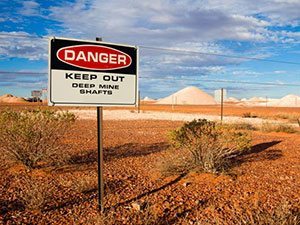
[miningmx.com] – IT goes almost without saying that creating the optimal conditions for investment in a sustainable mining industry has poor chance of success if initiatives are ad hoc or one-sided.
Our success must be founded on a social compact in which all stakeholders – industry, labour, government, regulators and communities – are willing participants.
Certainty, particularly regulatory certainty, is key but it is the practice and approach adopted by all stakeholders that remains critical during these times.
Take the many restructurings currently under way. If the lives of some of our ageing or distressed mines are to be extended, to provide continuity of employment and productivity, it is best that restructuring be undertaken expeditiously and pragmatically.
This is the case whether it involves a planned down-sizing – which can be done with a concern for job preservation by companies and without recourse to industrial action by unions – or through asset sales.
The fact is that some assets are best utilised by transferring ownership and operating responsibility to managers who may be nimbler than the large groups that established those mines.
Business rescue has a place too, if it leads to assets that are potentially “lost’ being resuscitated and transferred to new management with legacy issues removed.
In my view, Africa’s and South Africa’s mining companies should be looking at funding that goes beyond the conventional.
After years of chasing the commodities boom, investors in traditional capital markets have become notably risk-averse.
In contrast, large parts of the more-daring private equity sector are cash flush and are looking, albeit cautiously, at opportunities arising out of the current state of the industry. And private equity is not confined to North America and Europe.
It has, for example, grown in China, where that country’s investors remain keen on investments in emerging markets.
However, new models and more refined management teams and techniques are being employed by both traditional and non-traditional private equity investors for the structuring and maximising of returns from such investments.
For some years M&A activity has been comparatively muted, and I emphasise the word comparatively. Larger multi-nationals that straddle the globe occasionally threaten assaults on their peers.
But with an end to the commodities super-cycle, larger groups are starting to weed out assets that do not deliver targeted returns on assets. They are available for sale. It is here in particular where private equity has come out to play.
Of course there is strength in numbers, and I would suggest both large- and smaller-scale operators in regions where infrastructure is scarce or poor might do well to combine to build and share scarce infrastructure and to look at pooling and working contiguous deposits, if they are to be in any position to bring such deposits into production in the current market.
Overall, we are looking at means of de-risking mining, whether by combining or using assets together, whether by raising money from less conventional sources that are not overly risk averse or whether it is through social compacts between business, labour, communities, government and regulators. Innovative thinking is crucial.
Bruce Dickinson is a partner in Corporate Practice and the head of the Mining Sector Group at Webber Wentzel. These are his personal opinions.











